
Working poverty: A global challenge amidst divergent trajectories
Despite an overall decline in global working poverty, regional disparities persisted in 2023. The Arab States grappled with post-pandemic challenges while the other regions celebrated reductions in working poverty rates. Africa remained with the highest share of working poor, at 29.0 percent. Sub-Saharan Africa alone had 145 million people in extreme working poverty – almost a third of their employed population.
With the ongoing poly-crisis, working poverty and informal employment – both deeply intertwined – are expected to persist. Achieving the 2030 agenda remains in the distant future in this context, particularly in regions that lack the fiscal capacity to cope with economic stresses.
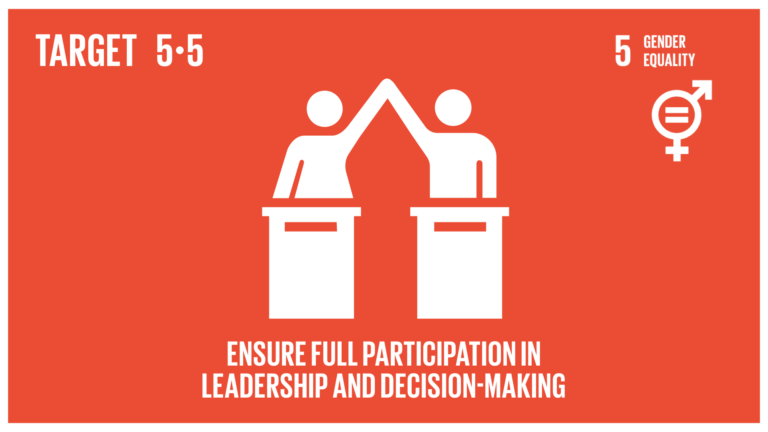
Unravelling the setback for gender parity in managerial positions
The uphill battle for women striving to obtain decision-making roles like legislators, CEOs, and senior officials has persisted over the years. And it just got harder. While global employment sees nearly 40 per cent representation from women, they only held 27.5 per cent of management positions in 2022. This is a notable decrease from 28.5 per cent in 2021 and taking us back to the female share of managers of 2016. Given this recent setback and sluggish progress before then, it will now take 176 years before we reach gender parity in managerial roles.
Across regions, Africa had made commendable progress, while Asia and the Pacific witnessed a reversal. Northern Africa particularly faces daunting challenges, with a mere 12.6 per cent of managerial positions held by women, mirroring the systemic hurdles across Arab States and parts of Asia. Discrimination, restrictive laws, and inadequate social protections create a daunting landscape for gender equality in these regions.
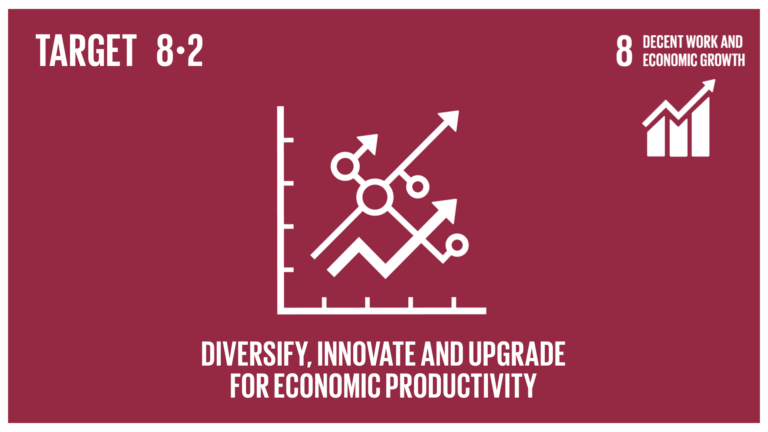
Stagnation in global productivity
Global productivity faces a worrying slowdown, signalling potential risks to economic well-being and development.
If productivity continues to be sluggish in the future, it would represent a substantial risk to overall economic well-being and development and the goals set out in the 2030 Agenda. Productivity growth, recognized as a key driver of living standards, plays a crucial role in shaping the quality of life for individuals and communities and in poverty eradication. This notwithstanding, caution must be exercised when extrapolating productivity growth rates, given its inherent volatility as well as the uncertainty associated with the estimates.
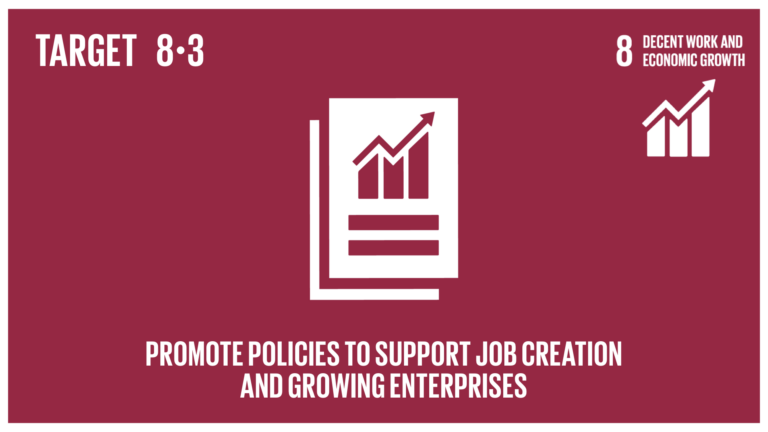
Informal employment persists
Despite the initial signs of recovery in 2021 following the pandemic-induced labour market disruption, challenging economic conditions are nudging workers toward informal employment. Yet, these jobs lack critical elements of formal employment relationships, notably access to social protection systems, posing a barrier to advancing social justice.
Globally, more than 2 billion workers found themselves in informal employment in 2023, making up 58.0 per cent of the global workforce. This rate is projected to decrease only slightly to 57.8 per cent in 2024. The decline of the informality rate by less than a percentage point since 2015 is far too slow for widespread formalization to be expected any time soon. Although the global informality rate is at its lowest, the number of informal workers is at its highest.
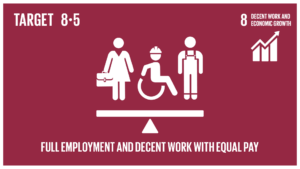
Global unemployment rate reaches new low, yet decent work deficits prevail
The global unemployment rate reached an all-time low since 2000, yet challenges persist in achieving decent work. While this headline indicator showed improvement, decent work deficits such as working poverty and informality show poor outcomes.
Women and youth still face higher unemployment rates than their male and adult counterparts globally and across most regions. By 2023, the gender gaps in unemployment rates nearly mirrored those of 2015. The widest gender gap remains in the Arab States, where women have consistently been around twice as likely to be unemployed than men for more than a decade.
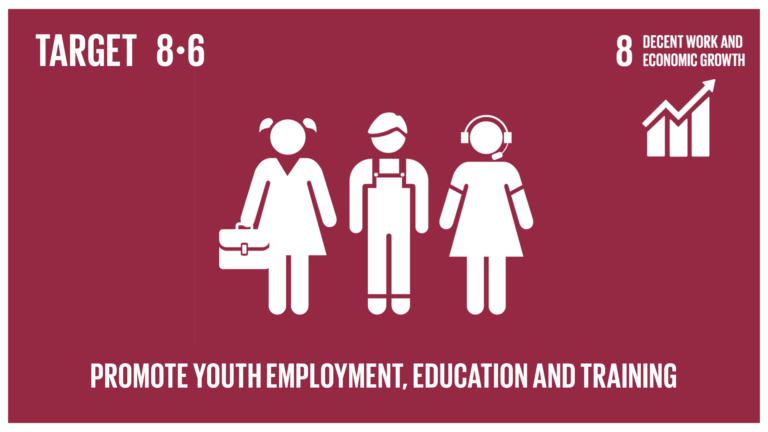
Progress in youth NEET rate amidst gender disparities
Global progress in reducing the share of youth not in employment, education or training (NEET) was commendable, particularly in Asia and the Pacific. However, alarming gender disparities persisted in Southern Asia in 2023.
There is a critical need to intensify initiatives aimed at reducing youth NEET rates, especially focusing on young women, which should go far beyond pre-pandemic benchmarks. The staggering number of young people NEET, approximately 269 million in 2023, are vulnerable to “scarring” – where short-term disruptions can have long-term effects in the labour market.

Alarming deterioration in compliance with fundamental labour rights
SDG indicator 8.8.2 seeks to measure the level of national compliance with fundamental labour rights (freedom of association and collective bargaining). The global average for this indicator in 2022 stood at 4.81, marking a significant and continued deterioration since 2015, when it stood at 4.5. Such worsening concerns both developed and developing countries and is markedly evident across all regions since 2020. These changes are driven by violations in practice and, alarmingly, by violations of fundamental civil liberties of workers, employers and their organizations.
The ILO’s Committee of Experts on the Application of Conventions and Recommendations in its 2023 report stressed that freedom of association and collective bargaining, as enabling rights for the exercise of fundamental rights at work, face significant challenges across the world and recalled the important message of the ILO’s 1919 Constitution noting that “Universal and lasting peace can be established only if it is based upon social justice” which, in turn, can only be maintained by observing labour rights and realizing human rights more broadly.

Challenges in minimizing workplace injuries
Many workers worldwide are exposed to undue risks in their workplaces and work accidents are still far too common. In 11 countries out of the 93 with available data, there were more than 10 work-related fatalities per 100’000 workers during the latest data reference year. In half of the 96 countries with available data, the number of non-fatal injuries incurred by workers in connection to their work surpassed 641 per 100’000 workers.
Understanding the patterns and root causes of workplace injuries is crucial for creating safer working environments and preserving the well-being of the global workforce.
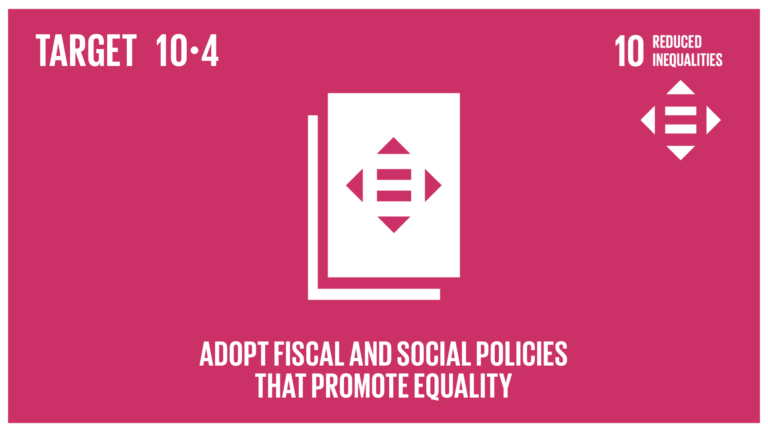
Decline in the global labour income share poses upward pressure for income inequality
In 2021, 56 per cent of persons above the age of 15 worldwide were employed, meaning that labour income shapes the lives of 3.3 billion workers and their families. A declining labour income share in GDP reflects that gains in labour productivity do not translate fully to labour compensation. This mismatch comes with higher returns to capital, which can increase inequality, as capital income is concentrated among the affluent.
While some regions registered increases in their labour income share, others experienced worrying declines, emphasizing the importance of addressing the imbalance between labour and capital income. In general, the increases occurred in regions with a lower initial value.
Conclusion
Reflecting on these latest trends offers an overview of the challenges hindering progress. Emphasizing the need for targeted and collaborative efforts becomes increasingly crucial in addressing regional variations and the complex interplay of factors influencing global development. Effectively navigating poverty and inequality amid multiple crises necessitates solutions that are not only sustainable, resilient, and innovative but also tailored to the diverse challenges faced by different regions and demographics. This comprehensive understanding is vital to ensure that no one is left behind in the pursuit of decent work and social justice on the journey towards the 2030 Agenda.
About the SDGs
The 2030 Agenda and the SDGs were adopted in 2015 by the United Nations General Assembly. The 17 SDGs are a universal call to action to end poverty, protect the planet, and ensure that all people enjoy peace and prosperity. They cover a broad range of social and economic development issues, including poverty, hunger, health, education, climate change, gender equality, water, sanitation, energy, the environment and social justice, with a focus on the most vulnerable and a commitment that “no one will be left behind.”
The ILO's role in the SDGs
As a custodian agency, each year the ILO reports to the UN on 14 SDG indicators, grouped under 5 of the 17 Goals. Many of these indicators fall under Goal 8, which aims to “promote sustained, inclusive and sustainable economic growth, full and productive employment and decent work for all”. It highlights the importance of decent work in achieving sustainable development. The ILO also works to strengthen countries’ capacity for producing high-quality labour statistics.
How data and statistics help to advance the SDGs
To shape policies and interventions, we first need to assess where we stand and if any progress has been made. Even well-intentioned policymakers are working in the dark when they lack the relevant data. High-quality, timely, and disaggregated data enable more targeted responses. In this respect, national governments and the international community must prioritize developing and improving statistical infrastructures.
Authors
-

Marie-Claire Sodergren
Marie-Claire is a Senior Economist in the Data Production and Analysis Unit of the ILO Department of Statistics. She oversees data collection through the annual ILOSTAT questionnaire and is a key ILO focal point for SDG reporting. She spearheaded the development of the ILOSTAT portal and currently oversees content creation and serves as editor-in-chief for the blog. Previously, she held key roles at the U.S. Bureau of Labour Statistics, including Supervisory Economist and acting Chief of the Division of International Labor Comparisons.
View all posts
-

Vipasana Karkee
Vipasana is a statistician in the Data Production and Analysis Unit of the ILO Department of Statistics.
View all posts -

Dora Sari
Dora is a Specialist on Industrial Relations Indicators in the Rights, Migration and Skills Statistics Unit of the ILO Department of Statistics.
View all posts -

Roger Gomis
Roger is a Senior Economist in the Data Production and Analysis Unit of the ILO Department of Statistics. He develops and maintains the ILO modelled estimates.
View all posts -

Avichal Mahajan
Avichal is a technical officer in economic modelling in the Data Production and Analysis Unit of the ILO Department of Statistics.
View all posts
